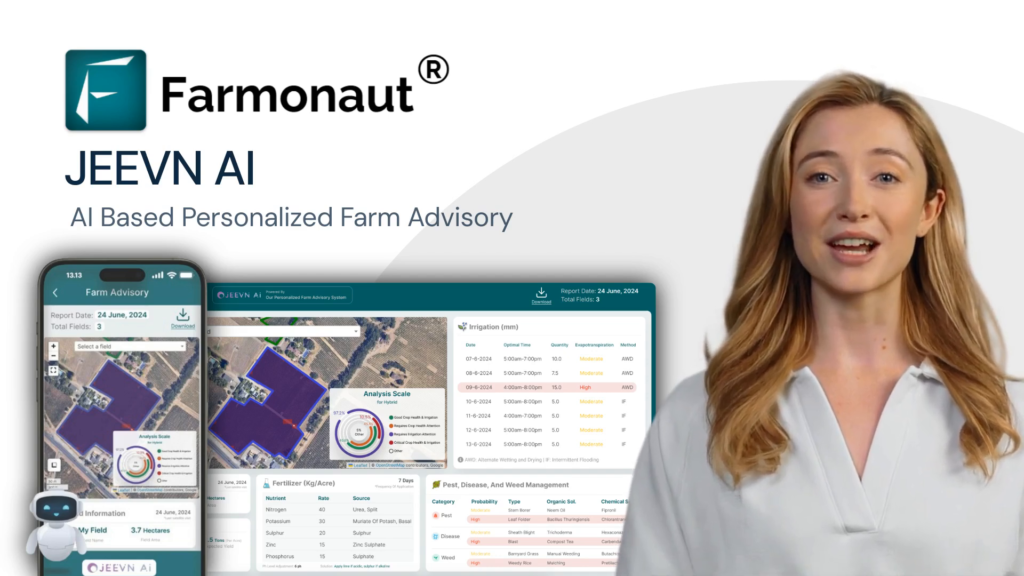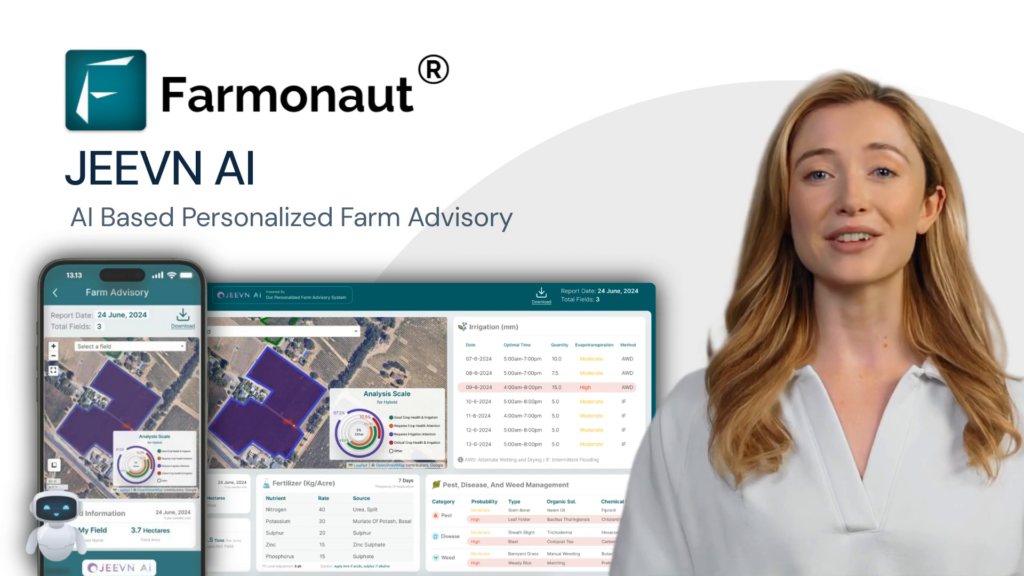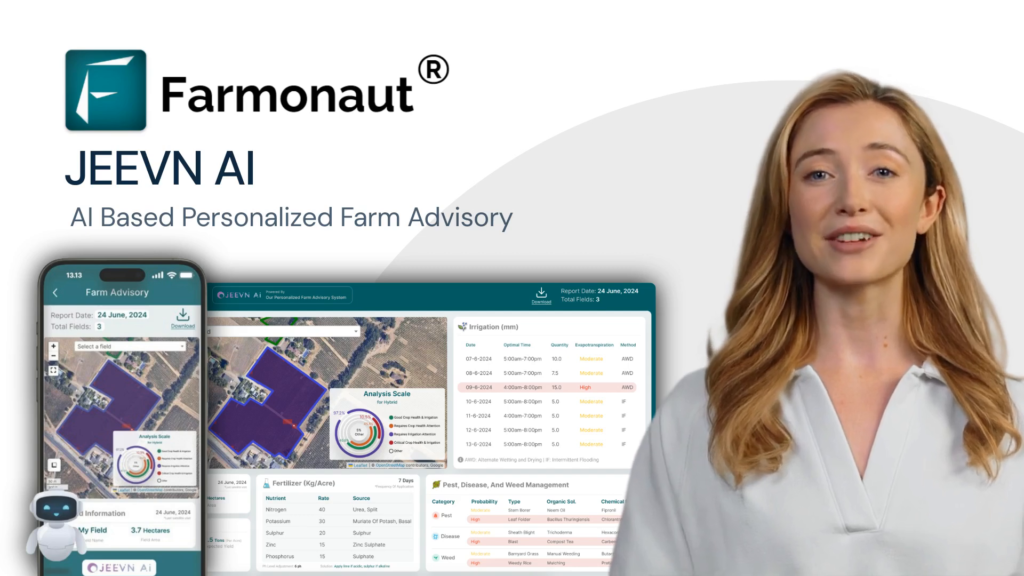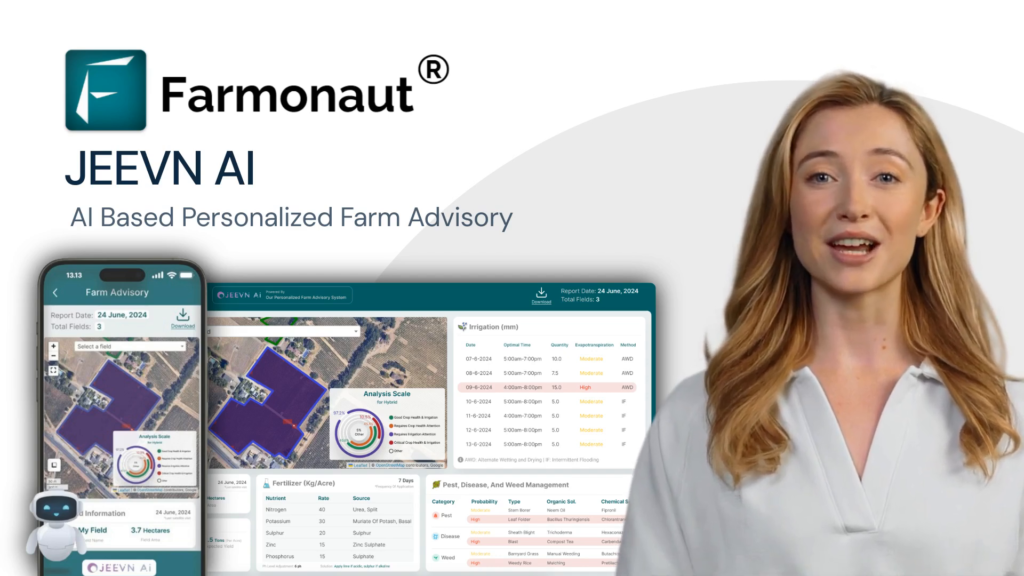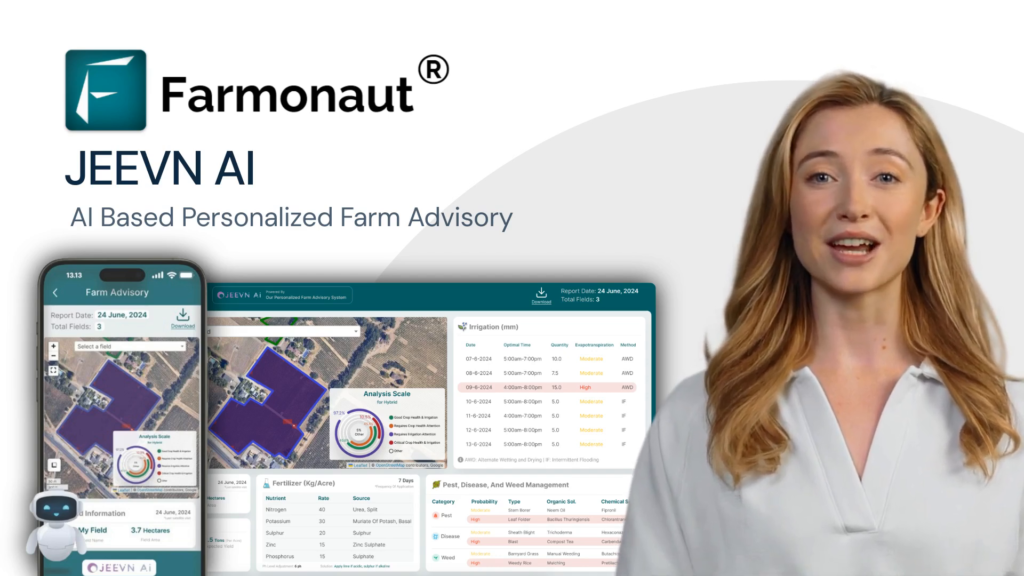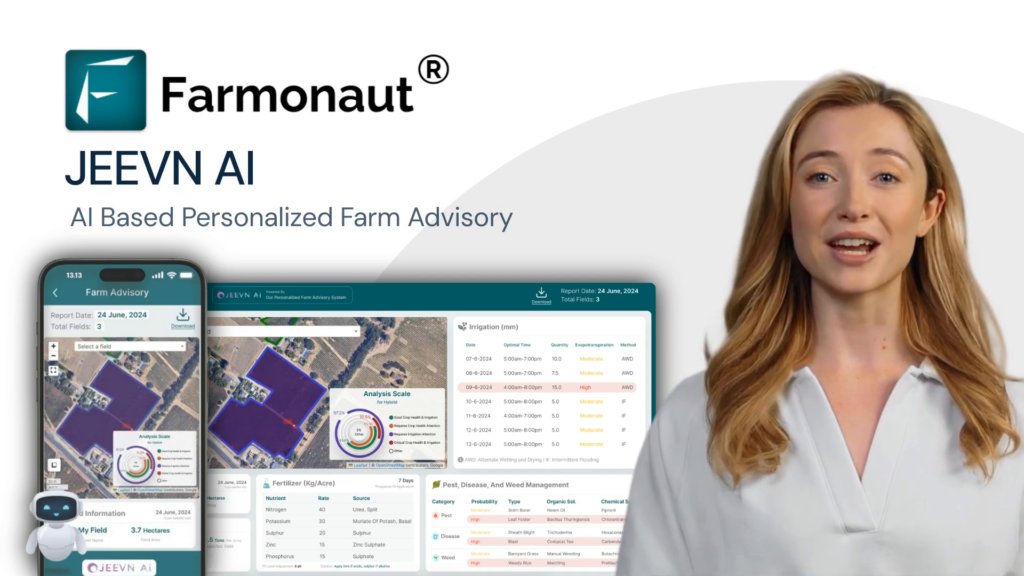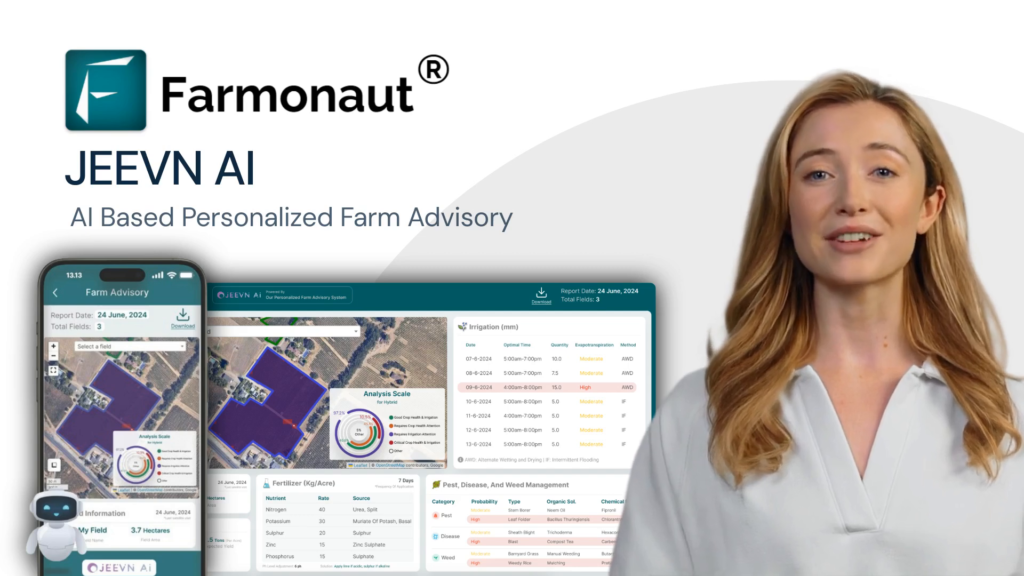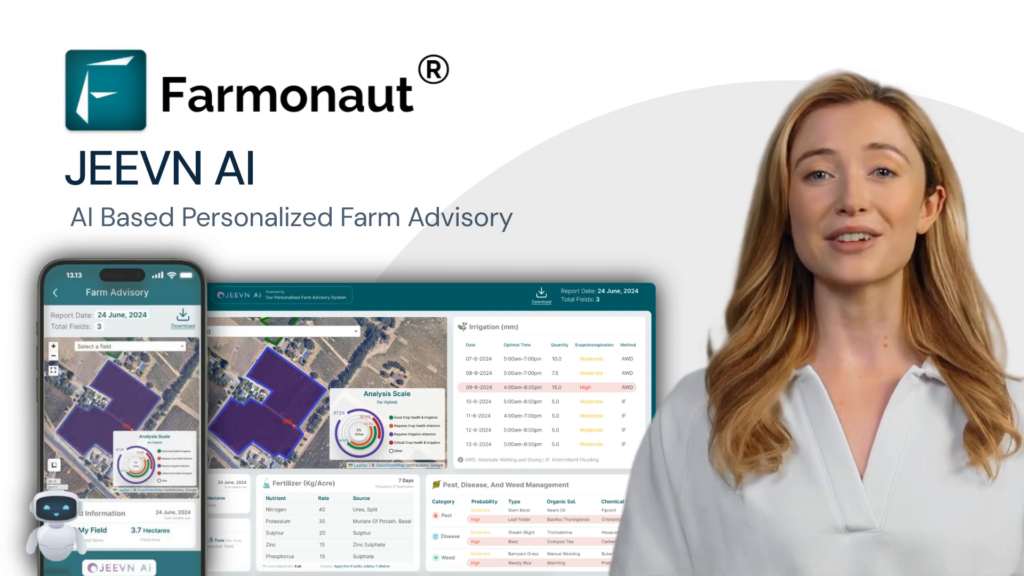Arizona’s AI-Powered Justice: How Digital Avatars are Revolutionizing Court Communication
“Arizona’s Supreme Court has introduced AI-generated avatars to deliver news of court rulings, a first in state courts.”
“The use of AI avatars in Arizona’s courts aims to enhance public trust by providing accessible summaries of legal decisions.”
In the heart of the American Southwest, a groundbreaking initiative is unfolding that promises to reshape the landscape of judicial communication. We’re witnessing the dawn of a new era in Arizona, where artificial intelligence in the justice system is no longer a concept of the future but a present-day reality. The Arizona Supreme Court has taken a bold step forward, introducing AI-generated avatars to deliver news of court rulings, marking a significant milestone in the integration of AI in state courts.
This innovative approach to court communication is not just a technological novelty; it’s a carefully crafted solution aimed at enhancing public trust and accessibility in the judicial system. As we delve deeper into this revolutionary development, we’ll explore how these digital avatars for court rulings are changing the game, making legal information more accessible and understandable to the public at large.
![]()
The Genesis of AI-Powered Court Communication
The journey towards implementing AI-generated legal summaries in Arizona’s court system didn’t happen overnight. It was born out of a pressing need to bridge the gap between complex legal rulings and public understanding. Chief Justice Ann Timmer, upon taking the helm of the Arizona Supreme Court, identified public trust as a cornerstone of her platform. This vision, coupled with the challenges faced in communicating sensitive rulings such as the controversial abortion law decision, catalyzed the move towards more innovative court communication methods.
The introduction of AI-generated avatars, Victoria and Daniel, represents a significant leap in how courts interact with the public. These digital spokespersons are designed to deliver clear, concise, and accessible summaries of court rulings, effectively translating legalese into language that the average citizen can understand and engage with.
How AI Avatars Are Transforming Legal Communication
- Efficiency in Information Delivery: The AI avatars can produce video summaries of court rulings in about 30 minutes, a process that traditionally could take hours.
- Consistency and Accuracy: Each avatar script is carefully crafted and approved by the entire bench, ensuring that the information delivered is accurate and in line with the court’s intended message.
- Accessibility: By presenting information in both visual and auditory formats, the avatars make legal rulings more accessible to a wider audience, including those with different learning preferences or disabilities.
- Multilingual Potential: The court is exploring options for Spanish translations, which could significantly expand the reach of their communications.
This innovative use of digital media in legal proceedings is not just about technological advancement; it’s about fostering a more informed and engaged citizenry. By making court decisions more accessible and understandable, Arizona is taking a significant step towards demystifying the legal process and building public trust in the judicial system.
The Technology Behind the Avatars
At the heart of this innovative system lies Creatify, the AI program responsible for bringing Victoria and Daniel to life. This cutting-edge technology enables the rapid creation of video content, transforming text-based news releases into engaging visual presentations. The process involves several key steps:
- Script Creation: The justice authoring the legal opinion drafts a news release, which is then approved by the entire bench.
- Avatar Scripting: The approved text is adapted into a script suitable for video presentation.
- AI Generation: Creatify uses this script to generate the avatar’s speech, movements, and facial expressions.
- Quality Control: The court’s communications team reviews the final product to ensure accuracy and appropriateness.
This streamlined process allows for the rapid dissemination of important legal information, ensuring that the public has access to the latest court rulings in a format that’s both engaging and easy to understand.
![]()
The Impact on Public Trust and Legal Transparency
The introduction of AI avatars in Arizona’s court system is more than just a technological novelty; it’s a strategic move to enhance public trust in the judicial system. By providing clear, accessible explanations of court decisions, these avatars are helping to demystify the legal process and make it more approachable for the average citizen.
This initiative addresses several key challenges in legal communication:
- Complexity of Legal Language: Court rulings often contain complex legal terminology that can be difficult for non-lawyers to understand. The AI avatars translate these rulings into more accessible language.
- Timeliness of Information: With the ability to produce video summaries quickly, the public can be informed about important rulings almost immediately after they’re made.
- Consistency in Messaging: By having a standardized process for creating and delivering these summaries, the court ensures that all rulings are communicated with the same level of clarity and detail.
The potential impact of this system on public engagement with the legal system cannot be overstated. By making court decisions and AI technology work together to inform the public, Arizona is setting a new standard for transparency and accessibility in the justice system.
Challenges and Considerations
While the introduction of AI avatars in Arizona’s court system represents a significant step forward in legal communication, it’s not without its challenges and considerations:
- Ethical Concerns: The use of AI-generated avatars raises questions about the authenticity of court communications and the potential for misuse or misinterpretation.
- Technological Limitations: While advanced, the current technology still has limitations in terms of emotional delivery and natural speech patterns.
- Public Perception: There may be concerns about the depersonalization of the justice system through the use of digital avatars.
- Accuracy and Accountability: Ensuring that the AI-generated summaries accurately represent the nuances of complex legal rulings is crucial.
Addressing these challenges will be crucial for the long-term success and acceptance of this innovative approach to court communication.
The Future of AI in the Justice System
As we look to the future, the potential applications of AI in the justice system extend far beyond court communication. Some potential developments include:
- AI-Assisted Legal Research: Advanced algorithms could help lawyers and judges quickly sift through vast amounts of legal precedent.
- Predictive Justice: AI could potentially be used to predict court outcomes based on historical data, though this raises significant ethical questions.
- Automated Court Reporting: AI could assist in transcribing and summarizing court proceedings, making them more accessible to the public.
- Virtual Court Assistants: AI chatbots could help guide citizens through basic legal processes and provide information about court procedures.
While these advancements hold great promise, it’s crucial that their implementation is guided by ethical considerations and a commitment to fairness and justice.
AI-Powered Avatars in Arizona’s Court System: Features and Benefits
| Features | Benefits |
|---|---|
| AI-generated summaries | Enhanced public trust through clear communication |
| Virtual spokespersons | Improved accessibility to legal information |
| Digital delivery of court rulings | Efficient information delivery to the public |
| Advanced AI technology | Simplified explanation of complex legal decisions |
The Role of Technology in Modern Agriculture
While we’re discussing technological advancements in the legal system, it’s worth noting that similar innovations are transforming other crucial sectors of our society, including agriculture. Companies like Farmonaut are at the forefront of this agricultural revolution, leveraging satellite technology and AI to improve farming practices.
Farmonaut offers advanced, satellite-based farm management solutions that help farmers monitor crop health, manage resources more efficiently, and make data-driven decisions. Their platform includes features such as:
- Real-time crop health monitoring using satellite imagery
- AI-based advisory systems for personalized farm management
- Blockchain-based traceability for agricultural supply chains
- Tools for efficient resource and fleet management
These technologies are making precision agriculture more accessible and affordable for farmers worldwide, much like how AI avatars are making legal information more accessible to the public in Arizona.
Interested in exploring how technology can revolutionize farming? Check out Farmonaut’s solutions:
For developers interested in integrating Farmonaut’s technology into their own applications, check out their API and API Developer Docs.
Conclusion: A New Era of Legal Communication
The introduction of AI-powered avatars in Arizona’s court system marks a significant milestone in the evolution of legal communication. By leveraging advanced technology to make court rulings more accessible and understandable, Arizona is setting a new standard for transparency and public engagement in the justice system.
As we move forward, it will be crucial to monitor the impact of this initiative on public trust and understanding of the legal process. The success of Arizona’s program could pave the way for similar innovations across the country, potentially transforming how courts communicate with the public nationwide.
In an era where technology is rapidly changing every aspect of our lives, from farming to legal proceedings, initiatives like Arizona’s AI avatars remind us of the potential for innovation to create more open, accessible, and efficient systems that benefit society as a whole.
FAQs
- Q: Are the AI avatars replacing human court officials?
A: No, the AI avatars are not replacing human officials. They are supplementary tools designed to enhance communication of court rulings to the public. - Q: How accurate are the AI-generated summaries?
A: The summaries are based on scripts approved by the entire bench, ensuring high accuracy and fidelity to the original rulings. - Q: Can the public interact with these AI avatars?
A: Currently, the avatars are used for one-way communication to deliver court rulings. They do not have interactive capabilities. - Q: Are other states considering similar AI initiatives?
A: While Arizona is the first to implement this specific type of AI avatar system, many states are exploring various AI applications in their court systems. - Q: How does this initiative impact court transparency?
A: By providing clear, accessible summaries of court rulings, this initiative aims to increase transparency and public understanding of legal decisions.
Earn With Farmonaut: Join our Affiliate Program
Earn 20% recurring commission with Farmonaut’s affiliate program by sharing your promo code and helping farmers save 10%. Onboard 10 Elite farmers monthly to earn a minimum of $148,000 annually—start now and grow your income!
Farmonaut Subscriptions





